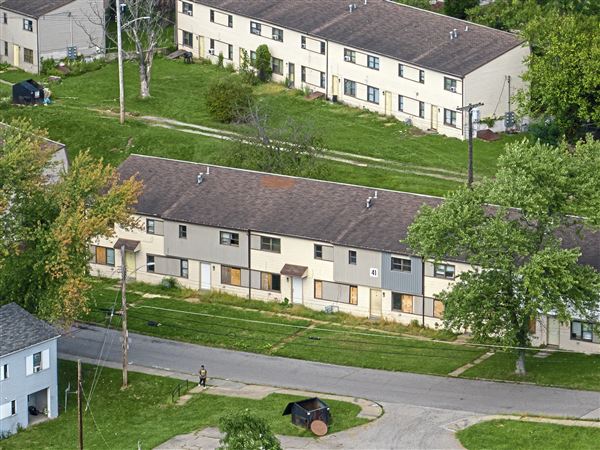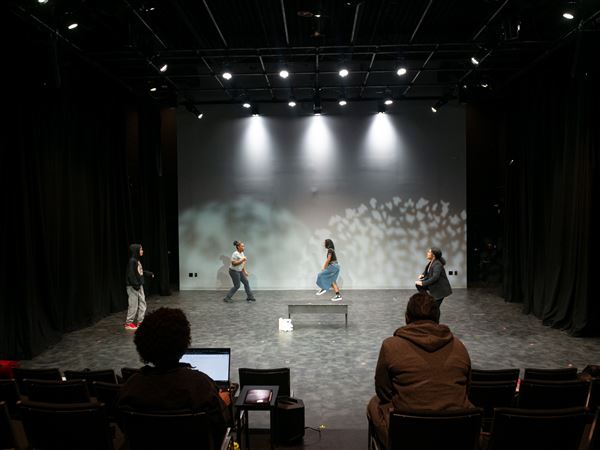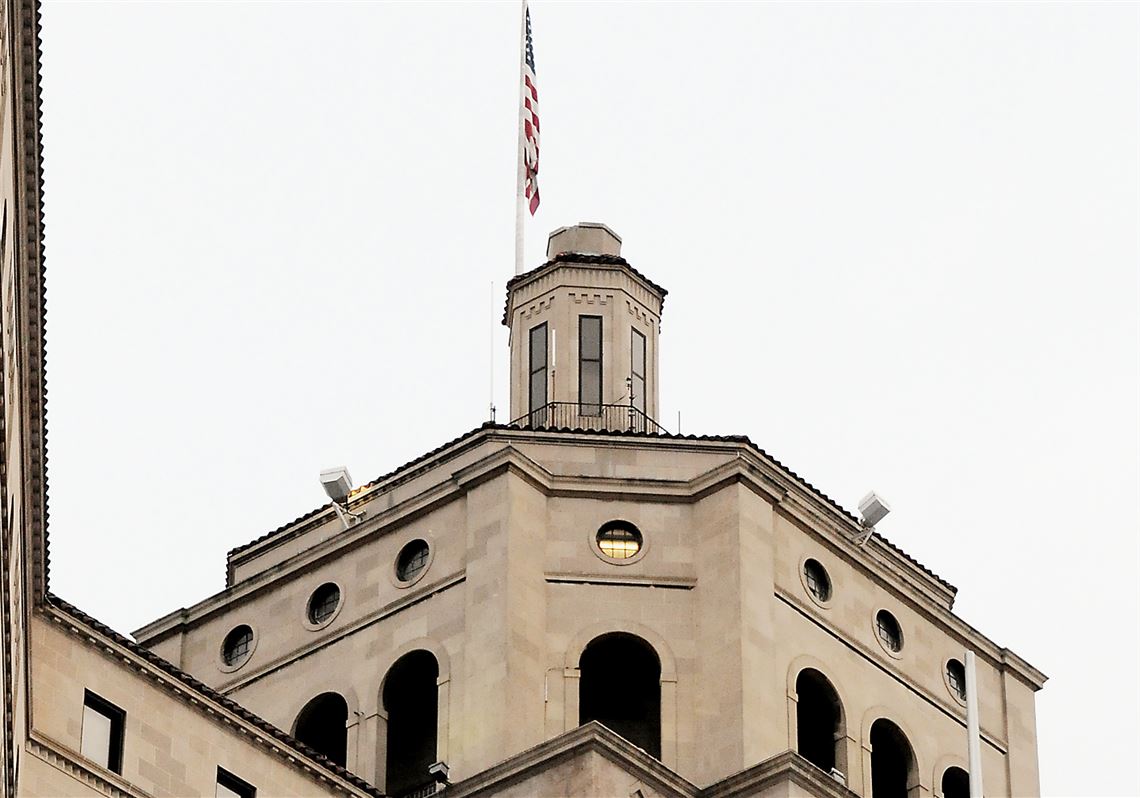There are no plans yet to reopen the cardiothoracic intensive care unit at UPMC Presbyterian after mold was found there two weeks ago.
No surgeries have been canceled at the Oakland hospital and the cleanup continues, UPMC spokeswoman Wendy Zellner said Monday. She confirmed that on Sept. 3, a critical care medicine doctor discovered a male transplant patient had mold in an external wound.
Sharing a report from Holly Lorenz, chief nursing officer for UPMC, Ms. Zellner said the next day three patients whose beds were near the first patient were moved. After opening up a wall nearby, mold was found and further investigation found mold in other areas.
The entire 20-bed unit was closed Sept. 8, with a total of 18 patients moved to other parts of the hospital to get the intensive care they needed, Ms. Zellner said. The first patient was the only one with a confirmed association with the mold, she said.
Cardiothoracic care patients are usually affected by heart and lung disease, undergoing procedures such as transplants and open-heart bypass surgery. Because of a weakened immune system, transplant patients are at higher risk of fungal infections.
Contacted for details on the mold outbreak, state Health Department spokeswoman Amy Worden said the department is “actively investigating this report.”
Even in otherwise healthy people, mold can affect health, according to a 2004 report from the Institute of Medicine, which found evidence that linked indoor exposure to mold with upper respiratory tract symptoms, coughs and wheezing.
The Occupational Safety & Health Administration (www.osha.gov) also cautions that exposure to mold can affect health, including allergic reactions. However, it says molds “in general, do not cause systemic infections in humans, except for persons with impaired immunity, AIDS, uncontrolled diabetes, or those taking immune suppressive drugs.”
Working on the hospital cleanup are staff members in the infection prevention, facilities and housekeeping departments, as well as outside mold cleanup experts.
Ms. Zellner said before reopening the unit, Ms. Lorenz reported she will be “looking at an opportunity to do upgrades,” since walls have been removed in the unit.
In the meantime, Ms. Zellner said, “Surgery patients will be taken care of in other appropriate facilities at Presby.”
Ms. Lorenz reported that regular inspections for mold are done at UPMC, but do not include the inside of the walls, where moisture can be trapped and mold can grow.
The Institute of Medicine report attributed the cause of mold and other moisture issues on how the buildings were designed, built and maintained, as well as the building materials, where wetness can linger.
According to the Environmental Protection Agency website on mold (http://www.epa.gov/mold):
“Some moisture problems in buildings have been linked to changes in building construction practices during the 1970s, 80s, and 90s. Some of these changes have resulted in buildings that are tightly sealed, but may lack adequate ventilation, potentially leading to moisture buildup. Building materials, such as drywall, may not allow moisture to escape easily.”
OSHA advises four steps for a building owner to know the mold cleanup is complete:
1. Identify and completely correct the source of the moisture problems.
2. No visible mold, mold-damaged materials or moldy odor should be present.
3. Sampling should know the level and types of mold and mold spores inside the building are similar to those found outside.
4. After remediation, the site should be inspected and show no signs of moldy or musty odors, water damage or mold growth.
Jill Daly: jdaly@post-gazette.com or 412-263-1596.
First Published: September 14, 2015, 9:05 p.m.















